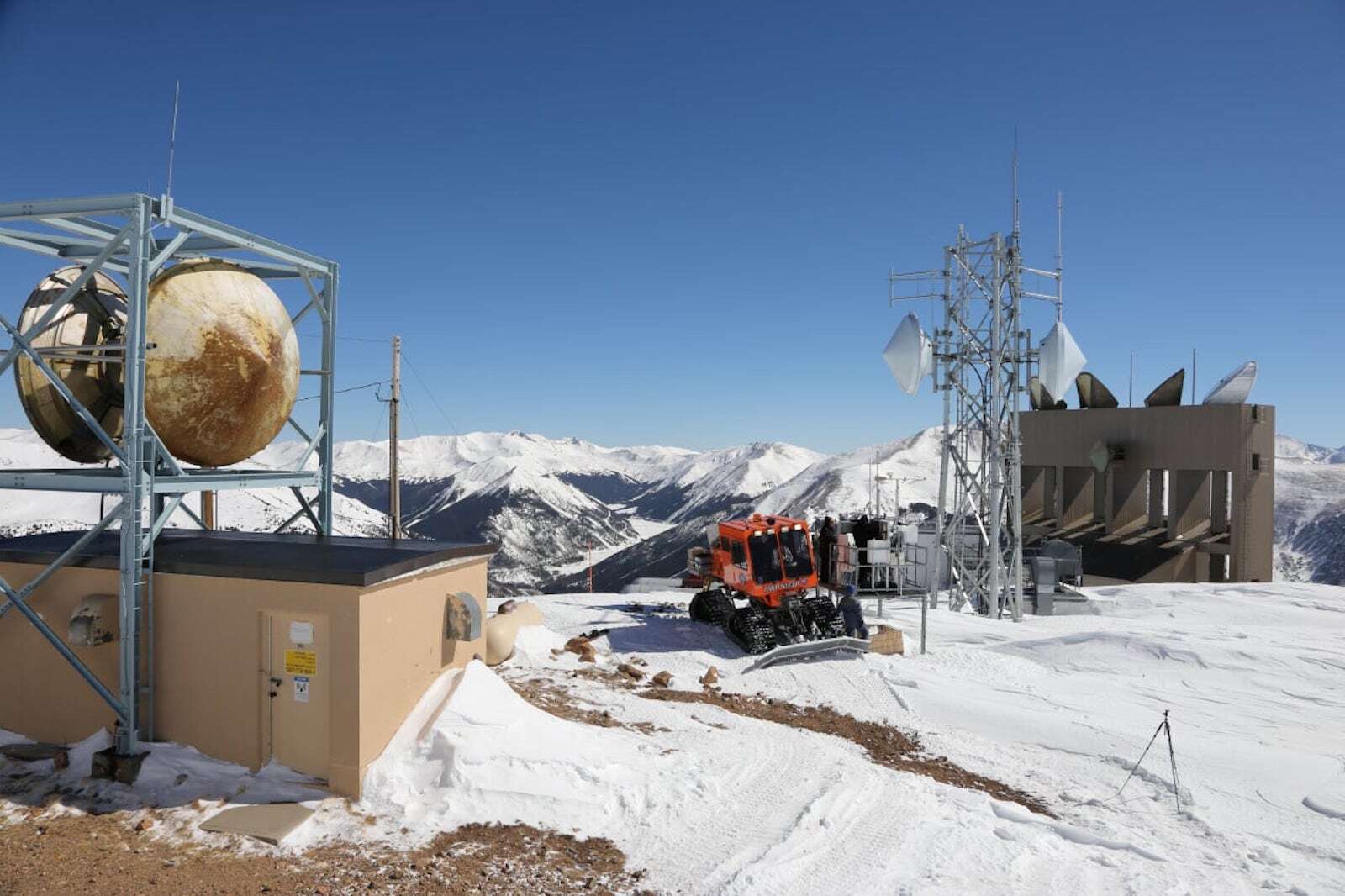
Aviation weather monitoring plays a crucial role in ensuring safe and efficient air travel. Ever wondered how pilots navigate through storms or avoid turbulence? Weather monitoring systems provide real-time data on atmospheric conditions, helping pilots make informed decisions. These systems track everything from wind speed and direction to temperature and humidity. They even detect lightning and volcanic ash, which can be hazardous to aircraft. By understanding these weather patterns, airlines can plan safer routes, reduce delays, and save fuel. In this post, we'll delve into 14 fascinating facts about aviation weather monitoring that highlight its importance in modern aviation. Buckle up and get ready to soar through the world of weather!
Key Takeaways:
- Aviation weather monitoring is crucial for safe air travel. Weather stations, satellites, radar systems, and meteorologists work together to provide accurate forecasts and ensure pilots can navigate around severe weather.
- Advanced technologies like LIDAR and weather balloons continue to improve the accuracy of weather monitoring for aviation, providing essential data for flight safety and efficient air travel.
Aviation Weather Monitoring: An Overview
Aviation weather monitoring plays a crucial role in ensuring safe and efficient air travel. Pilots, air traffic controllers, and meteorologists rely on accurate weather data to make informed decisions. Here are some fascinating facts about this essential aspect of aviation.
The Importance of Weather Stations
Weather stations provide critical data for aviation. They measure various atmospheric conditions to help predict weather patterns.
-
Weather stations measure temperature, humidity, wind speed, and atmospheric pressure. These measurements help create accurate weather forecasts, which are vital for flight planning.
-
There are over 10,000 weather stations worldwide. These stations work together to provide a comprehensive picture of global weather conditions.
-
Automated Surface Observing Systems (ASOS) are used in many airports. ASOS units provide real-time weather data, which is crucial for takeoff and landing.
Satellite Technology in Weather Monitoring
Satellites offer a bird's-eye view of weather systems, making them indispensable for aviation weather monitoring.
-
Weather satellites orbit the Earth and provide continuous data. This data helps meteorologists track storms, monitor cloud cover, and predict severe weather.
-
Geostationary satellites remain fixed over one spot on Earth. They provide constant monitoring of specific regions, which is essential for tracking hurricanes and other large-scale weather events.
-
Polar-orbiting satellites cover the entire globe. These satellites provide detailed images of weather patterns, which are used to create accurate forecasts.
Radar Systems and Their Role
Radar systems detect precipitation and help identify severe weather conditions, which is crucial for aviation safety.
-
Doppler radar measures the velocity of precipitation. This helps meteorologists determine the intensity and movement of storms.
-
Weather radar can detect turbulence. Turbulence poses a significant risk to aircraft, so detecting it early helps pilots avoid dangerous areas.
-
Dual-polarization radar provides more detailed information. This advanced radar technology can differentiate between rain, snow, and hail, improving weather predictions.
The Role of Meteorologists
Meteorologists analyze weather data and provide forecasts that are essential for aviation.
-
Aviation meteorologists specialize in weather conditions affecting flights. They provide tailored forecasts to ensure safe and efficient air travel.
-
Meteorologists use computer models to predict weather patterns. These models simulate the atmosphere and help create accurate forecasts.
-
Meteorologists work closely with air traffic controllers. This collaboration ensures that flights are routed safely around severe weather.
Advanced Weather Monitoring Technologies
New technologies continue to improve the accuracy and reliability of weather monitoring for aviation.
-
LIDAR technology measures wind speed and direction. LIDAR (Light Detection and Ranging) uses lasers to provide precise measurements, which are crucial for flight safety.
-
Weather balloons collect data from the upper atmosphere. These balloons carry instruments that measure temperature, humidity, and pressure at high altitudes, providing valuable data for weather forecasting.
The Final Descent
Aviation weather monitoring is crucial for safe and efficient air travel. From Doppler radar to satellite imagery, these technologies help predict and mitigate weather-related risks. Pilots rely on METAR reports and TAF forecasts to make informed decisions. Understanding jet streams and turbulence can significantly impact flight plans. Icing conditions and thunderstorms are among the most dangerous weather phenomena, requiring constant vigilance.
Wind shear and microbursts pose serious threats during takeoff and landing. Visibility issues, like fog and haze, can disrupt schedules and require alternative planning. Weather balloons and ground-based sensors provide valuable data for accurate forecasting.
Staying updated with the latest weather information ensures smoother, safer flights. Whether you're a frequent flyer or an aviation enthusiast, knowing these facts can enhance your appreciation for the complexities of air travel. Safe skies!
Frequently Asked Questions
Was this page helpful?
Our commitment to delivering trustworthy and engaging content is at the heart of what we do. Each fact on our site is contributed by real users like you, bringing a wealth of diverse insights and information. To ensure the highest standards of accuracy and reliability, our dedicated editors meticulously review each submission. This process guarantees that the facts we share are not only fascinating but also credible. Trust in our commitment to quality and authenticity as you explore and learn with us.


